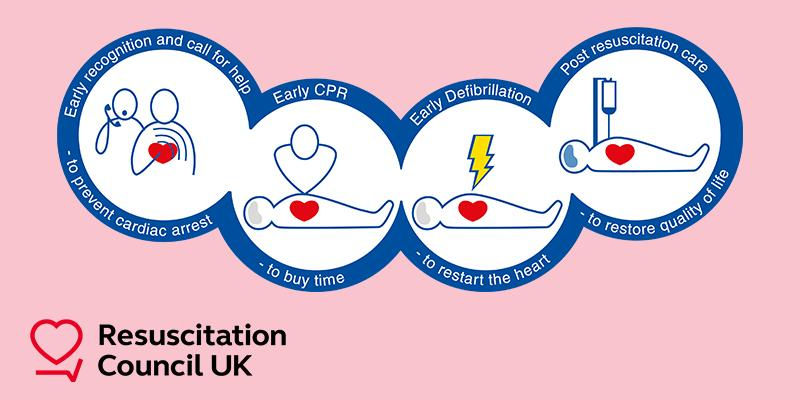Public Access Defibrillators (AED's)
- Midlands Ambulance Group LTD
- Aug 11
- 3 min read
A defibrillator is a life-saving device that gives a high-energy shock to the heart of someone who is in cardiac arrest. You might also have heard one called a defib or an AED (automated external defibrillator).
The heart is controlled by electrical impulses that make it beat, keeping you alive. If a person has a cardiac arrest, the heart doesn’t beat properly. If you come across a patient in cardiac arrest, they will be unconscious and will not be breathing.
It is vital that you call 999 and, where possible, start CPR. If you’re on your own, the call handler will tell you what to do. Do not interrupt CPR to go and find a defibrillator. Where possible, send someone else to get the nearest device; the call handler will tell you where it is and provide you with a code if it is in a locked cabinet.
For every minute that someone’s in cardiac arrest without receiving CPR and having a defibrillator used on them, their chance of survival goes down by 10%. That’s why it’s so important to act immediately. You can find out more about why CPR is so important by watching this video:
The defibrillator helps to get the patient’s heart beating in a normal rhythm. The device checks the person’s heart and will only tell you to use it if it’s needed.
Anyone can use a defibrillator.
You don’t need training, as it will give clear step-by-step voice instructions once you turn it on; many also have visual prompts too. It can only be used if you press the appropriate button.
The defibrillator is designed to tell you when to give a shock and whether you need to restart CPR. Only stop if the person shows signs of life or the defibrillator tells you to stop so it can re-analyse the heart again. It may then ask you to give a second shock.


What is The Circuit?
The moment someone has a cardiac arrest, the clock starts ticking. Every minute without CPR and defibrillation reduces their chances of survival. But many defibrillators are never used because emergency services don’t know where they are or how to access them.
This is where The Circuit comes in.
The Circuit – the national defibrillator network- provides the NHS ambulance services with vital information about defibrillators across the UK so that in those crucial moments after a cardiac arrest, they can be accessed quickly to help save lives.
That’s why we urgently need you to register your defibrillator today.
Register Your Defibrillator with The Circuit
British Heart Foundation has developed ‘The Circuit’ – the national defibrillator network. This is a ground-breaking national initiative that will give cardiac arrest victims the best chance of survival by linking a national network of defibrillators to every Ambulance Service in the UK.
If you’ve got a defibrillator in your workplace, school or local community, register it on the Circuit so that we know it’s available to help save lives!
Defibrillator guardians across the UK can register their defibrillators with us via The Circuit, so that we know where it is in an emergency. It’s quick and easy to do – just make sure you have to hand the following details:
Its location and surroundings
brand, model, and serial number
times when it's available
expiry date of the pads
confirm it is indicating ready
To set up your account on The Circuit and to register your defibrillator, please click here.
This is a voluntary process, requiring guardians to accept the Circuit’s terms and conditions, but most importantly, it allows the Emergency Ambulance Service to know where defibrillators are located within the community.








Comments